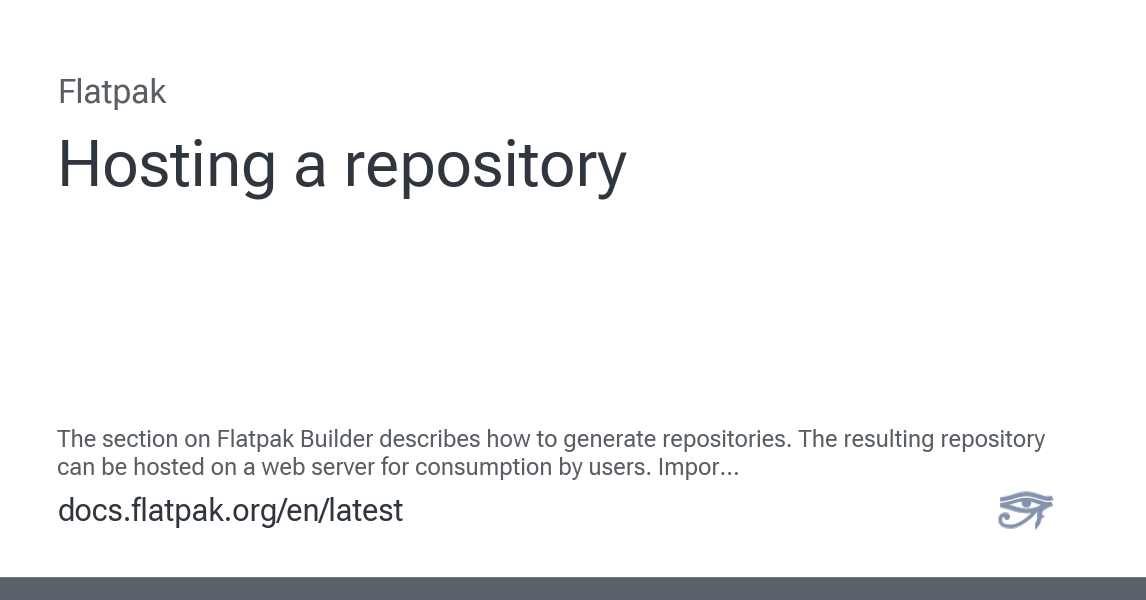Originally posted by Mez'
View Post
Canonical made Snap, their subscription-based system management platform Landscape, and modified GNOME into this garish thing with a clashing colour scheme that breaks GTK apps.
Care to argue those merits again?
One more thing: Canonical had to use the third-party Debian code to start with. Fedora didn't.




Comment